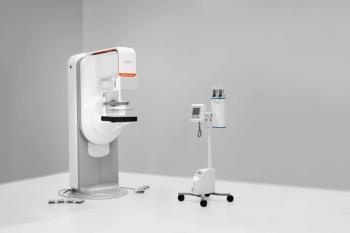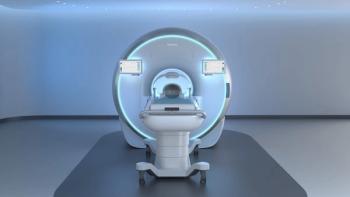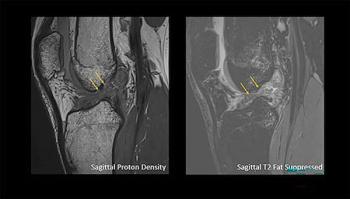
Optical system detects angiogenesis in breast cancers
An investigational device shown as a work-in-progress at the RSNA meeting promises to improve the detection of breast cancer by keying off the process of angiogenesis, which can transform an innocuous tumor into a lethal one by triggering the growth of new blood vessels to feed the cancer.
An investigational device shown as a work-in-progress at the RSNA meeting promises to improve the detection of breast cancer by keying off the process of angiogenesis, which can transform an innocuous tumor into a lethal one by triggering the growth of new blood vessels to feed the cancer.
The ComfortScan system being developed by Dobi Medical International uses optical technology to detect abnormal blood vessel proliferation. By producing images related to the physiology of abnormal vascularization, the device offers diagnostic information that cannot be generated by anatomically based breast imaging technologies such as mammography and ultrasound.
Unlike x-ray mammography equipment, ComfortScan does not rely on the delivery of ionizing radiation to generate images of the breast. It uses light-emitting diodes to register blood vessels.
Newsletter
Stay at the forefront of radiology with the Diagnostic Imaging newsletter, delivering the latest news, clinical insights, and imaging advancements for today’s radiologists.




























